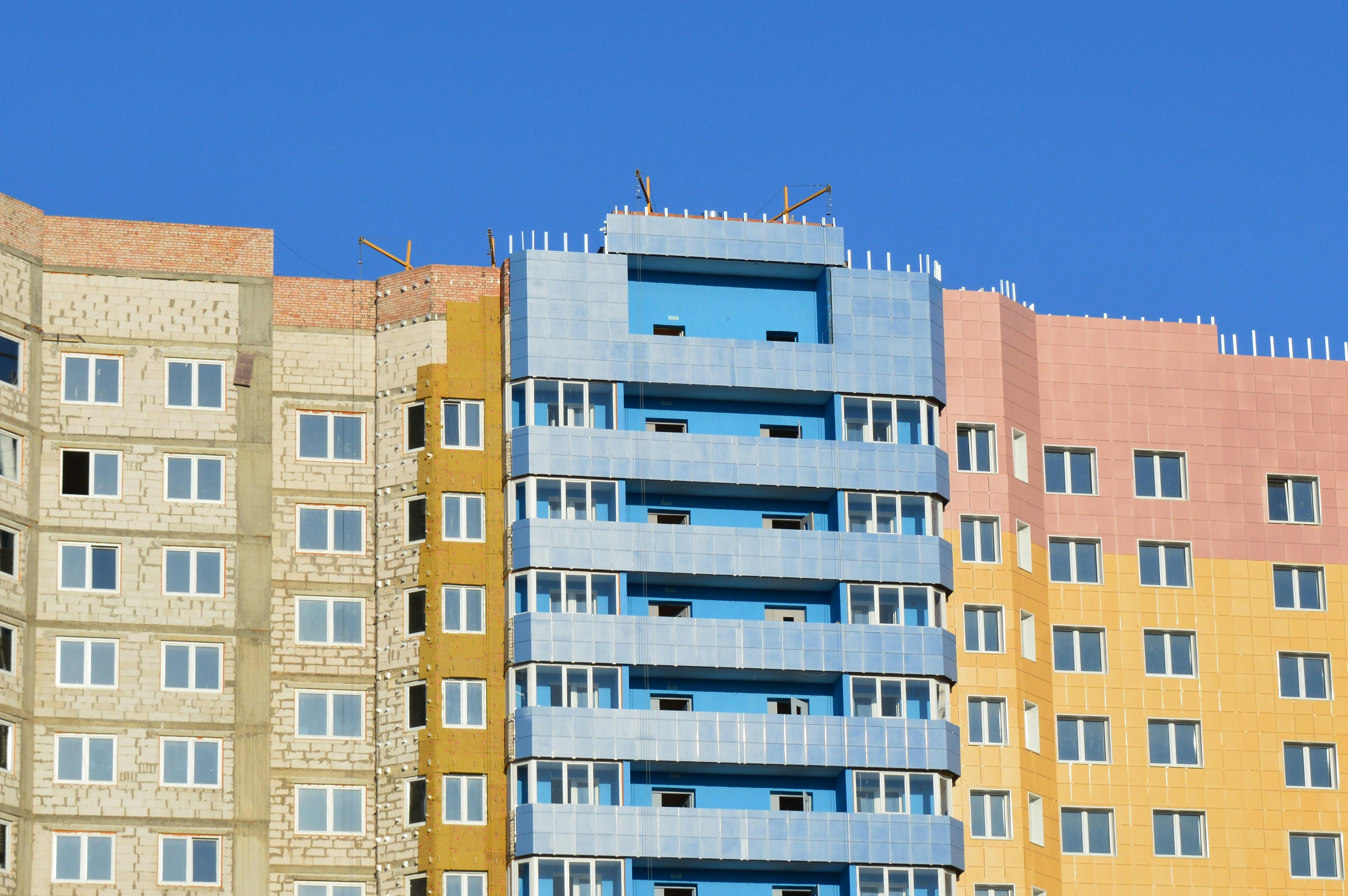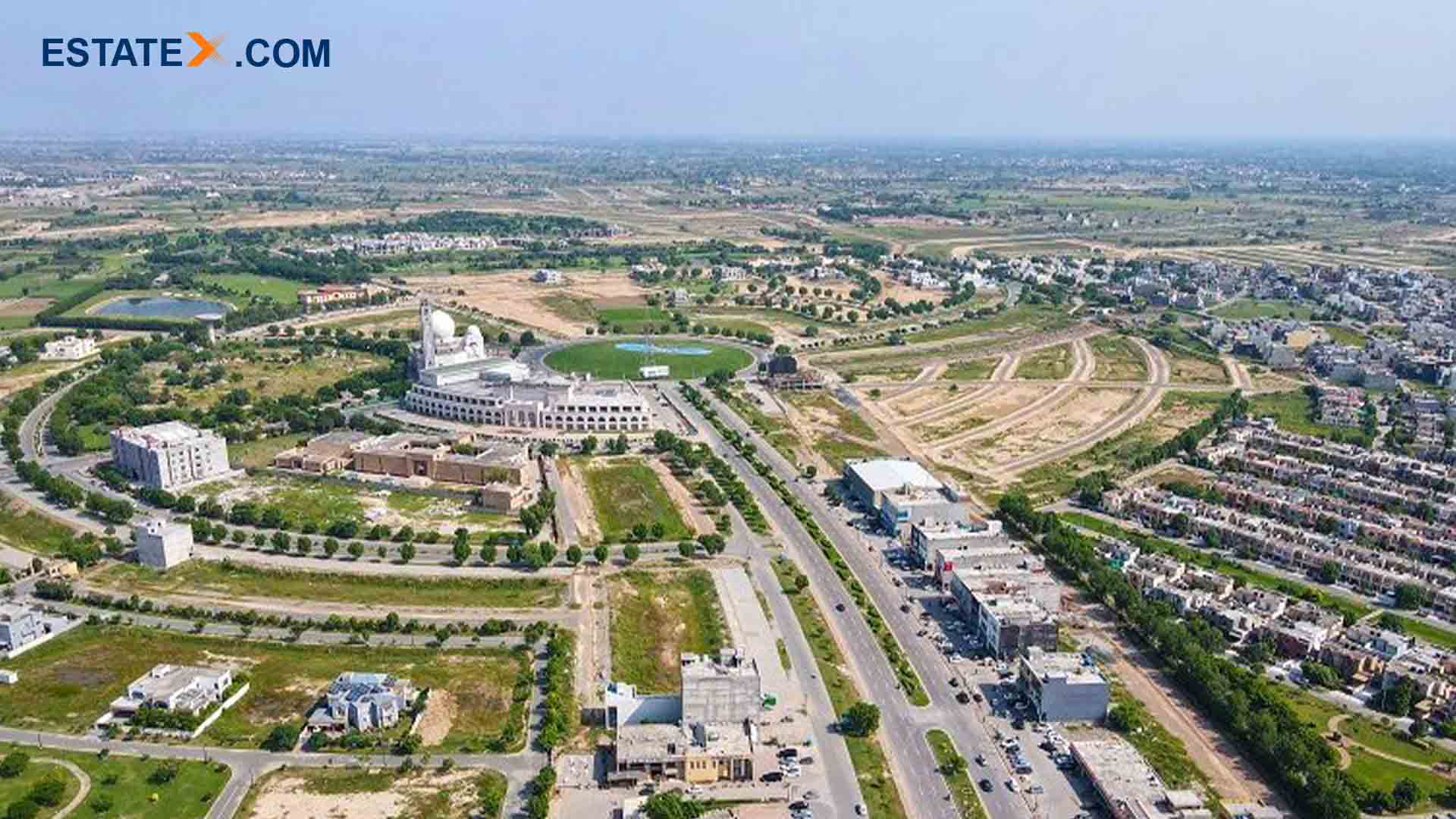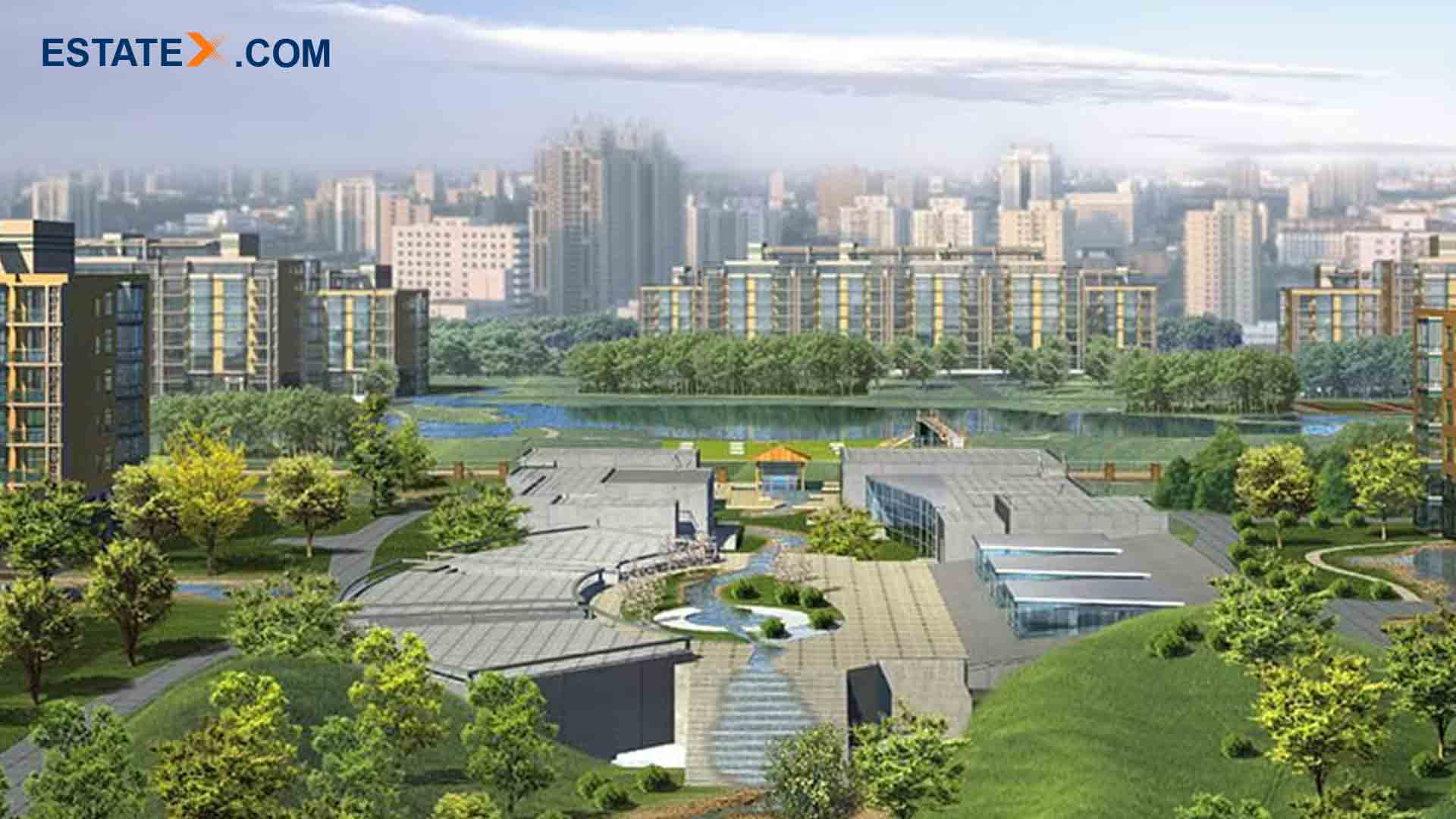URBAN HOUSING CHALLENGES- NEED FOR MICRO APARTMENTS
Posted on: 26 May, 2024

The Need for Micro-Apartments in Pakistan: Addressing Urban Housing Challenges
Bridging the Housing Supply-Demand Gap
Pakistan is facing a significant housing shortage, particularly in urban areas. According to the World Bank, Pakistan's population growth rate is 1.978% annually, intensifying the demand for housing units. In 2011, the country already had a housing shortfall of 10 million units, which has undoubtedly increased over the past decade. In this case, micro-apartments present a viable solution to this crisis. By efficiently using the space, these apartments can help bridge the gap between the increasing housing demand and the limited supply. This approach is especially crucial given the projected housing demand in Punjab alone, which is expected to reach 37 million units by 2047, as highlighted by the Punjab Spatial Strategy 2047.
Tackling Population Density with Micro-Apartments
Population density measures the number of people living per square kilometer. In 2020, Pakistan's population density was 286.5 people per sq. km, while Islamabad's density was significantly higher at 2,089 per sq. km. Micro-apartments can optimize urban living spaces, allowing more people to live comfortably within a limited area. This increase in population density can lead to more efficient use of infrastructure and public services, which is crucial for rapidly growing cities.
Promoting Vertical Development
Pakistan's urban development has primarily been horizontal, leading to lower population densities than cities like Mumbai and Dubai. The Ministry of Planning, Development, and Reform notes that only 6,000 people reside per sq. km in Pakistan, whereas Dubai houses up to 200,000 people in the same area. The Planning Commission's vision under "Pakistan 2025" emphasizes the need for vertical housing societies. Vertical buildings, such as those designed for micro-apartments, can address this by promoting vertical expansion. By adopting vertical development, cities can accommodate more residents without sprawling horizontally, preserving valuable land and reducing urban sprawl.
Micro-apartments as a Substitute for Housing Societies
Are micro-apartments a viable alternative to traditional housing societies? The benefits suggest they are. Micro-apartments can simplify the provision of essential services and enhance security. Research indicates that managing services and ensuring security in vertical buildings is more efficient than in sprawling housing societies. Micro-apartment residents can enjoy similar amenities and services without the extensive infrastructure required for traditional housing societies. This approach not only meets housing demands but also supports sustainable urban development.
Conclusion:
In conclusion, micro-apartments offer a strategic solution to Pakistan's urban housing challenges. They help bridge the housing supply-demand gap, increase population density efficiently, promote vertical development, and serve as a practical alternative to traditional housing societies. As Pakistan continues to urbanize and its population grows, embracing micro-apartments could be essential to sustainable and inclusive urban development.



Write a Comment
Comments